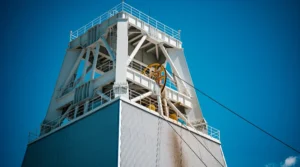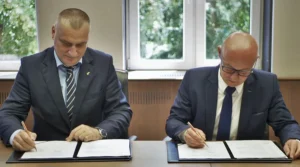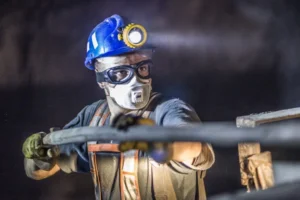What goes on in Poland on the 8th of July.
The hydrogen strategy is scheduled for public consultation in the fall
At a press conference dedicated to signing a letter of intent between the climate ministry and the main players on the Polish energy market, climate minister Michal Kurtyka presented the assumptions of the Polish hydrogen strategy.
Climate Minister Michał Kurtyka said it was an important day for Polish industry and economy. – We want Poland to give itself a chance to stay ahead of trends and look to the future instead of the past. The Ministry of Climate has completed the first stage of work on the assumptions of Poland’s hydrogen strategy for 2030. We want the full document to be adopted as soon as possible and sent to public consultations this fall – he noted.
– We have set four priorities: the value chain of low-carbon hydrogen technologies – for which 2-4 GW of power can be used to produce hydrogen. Together with the sector, we want to fill this ambition with concrete investments and provide financing for them. We want fuel cell and electrolyser factories to be created. We assume that in 2030 a hydrogen heating plant will operate in Poland – he said.
Kurtyka admitted that Poland wants hydrogen to play a role in the production of synthetic fuels and balancing the domestic energy system. – The dissemination of this fuel will contribute to reducing CO2 and other harmful substances emissions. Hydrogen should increase the country’s energy security, and mixing it with natural gas will reduce fuel imports from abroad – he emphasized.
– Hydrogen will be transported via gas pipelines and rail. In the future, however, hydrogen demand will increase and it is likely that a dedicated North-South hydrogen highway will be needed. We assume that in the north of Poland at offshore hydrogen production will be the highest and it will be transported to the industrialized south of the country – he said.








